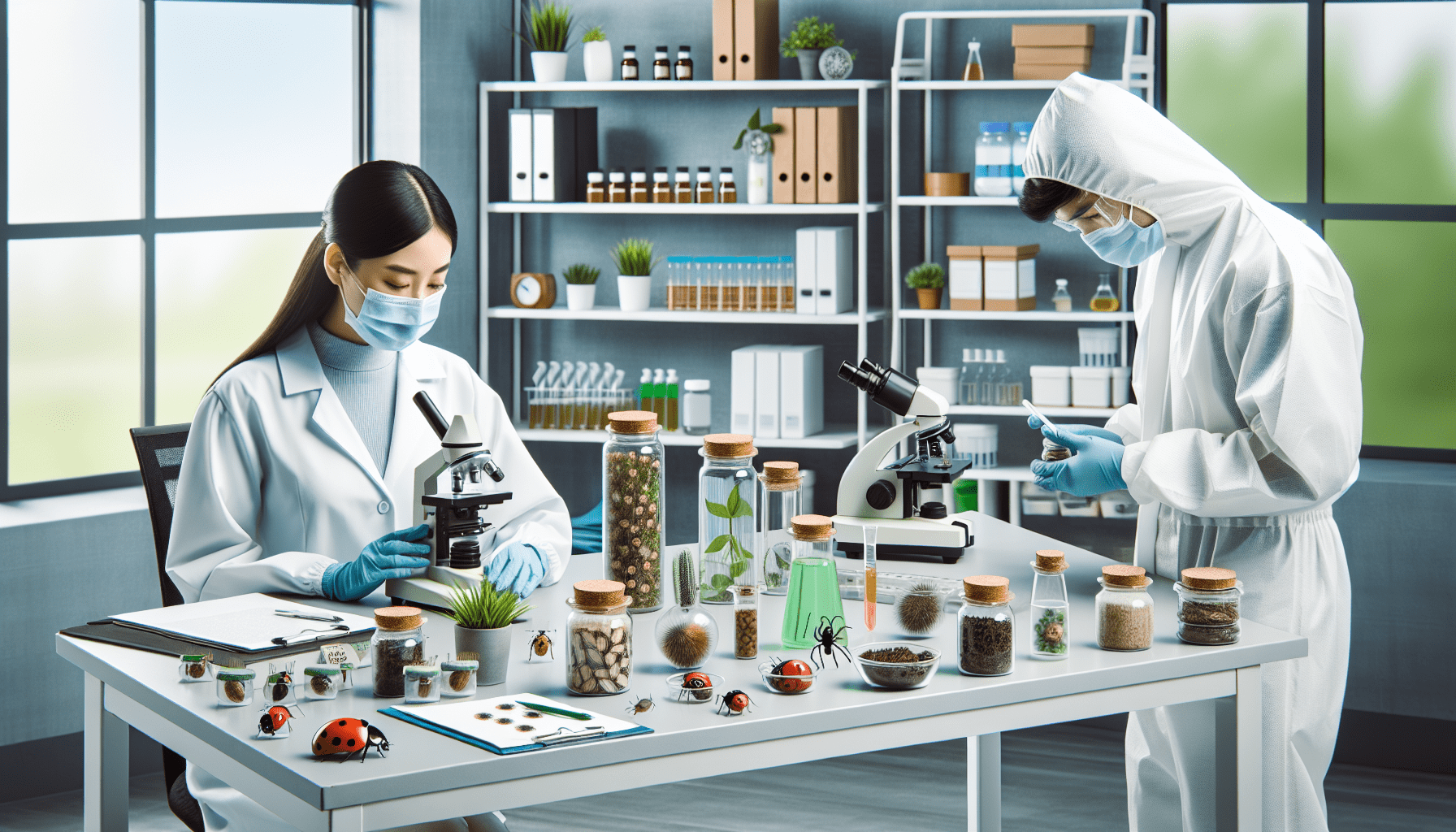Pests and diseases are the unwelcome guests that ruin the fun in your garden, home, or with your favorite indoor plants. But don’t worry, we’re here to help! This guide will walk you through everything you need to know about controlling pests and diseases in a simple, practical, and even fun way.
Why Pest & Disease Control Matters

Imagine this: You’ve spent months nurturing your tomato plants, only to wake up one morning and find them covered in aphids. Or worse, you discover a trail of ants marching through your kitchen like they own the place. Sound familiar?
Pests and diseases aren’t just annoying—they can cause serious damage to your plants, health, and even your home. But with the right knowledge and tools, you can keep these troublemakers at bay.
Common Pests and Diseases You Should Know About
1. Garden Pests
- Aphids: Tiny, sap-sucking insects that love to feast on your plants.
- Slugs and Snails: The slimy culprits behind those mysterious holes in your leaves.
- Whiteflies: These tiny, moth-like insects can quickly infest your plants.
2. Household Pests
- Ants: small but mighty, especially when they find your sugar stash.
- Cockroaches: The ultimate survivors (and your worst nightmare).
- Rodents: Mice and rats can cause structural damage and spread diseases.
3. Plant Diseases
- Powdery Mildew: A fungal disease that looks like someone dusted your plants with flour.
- Blight: A fast-spreading disease that can wipe out entire crops.
- Root Rot: Caused by overwatering, it’s a silent killer for plants.
Tips and Tricks for Effective Pest & Disease Control

Here’s the good news: You don’t need to be a pest control expert to protect your space. Check out these simple yet effective tips:
🌱 For Your Garden
- Companion Planting: Some plants naturally repel pests. For example, marigolds can keep aphids away from your tomatoes.
- Neem Oil: A natural pesticide, safe for plants and highly effective at eliminating pests.
- Regular Inspections: Catch problems early by checking your plants regularly.
🏡 For Your Home
- Seal Entry Points: Keep ants and rodents out by sealing cracks and gaps.
- Keep It Clean: Pests love crumbs and clutter. A clean home is a pest-free home.
- Use traps and baits: For stubborn pests like cockroaches, traps can be a lifesaver.
🌿 For Indoor Plants
- Proper Watering: Overwatering can lead to root rot, so let the soil dry out between waterings.
- Good Airflow: Prevent fungal diseases by ensuring your plants have enough ventilation.
- Quarantine New Plants: Keep new plants separate for a few weeks to ensure they’re pest-free.
Real-Life Example: How Sarah Saved Her Garden
Sarah, a passionate gardener, noticed her basil plants were wilting despite her best efforts. After some research, she discovered they were infested with spider mites. She sprayed them with a mixture of water and dish soap, and within a week, her plants were thriving again.
Moral of the story? Early detection and simple solutions can make all the difference!
Fun Facts About Pests and Diseases
💡 Did you know?
- Some ants can carry up to 50 times their body weight. Talk about strength training!
- The world’s largest rodent is the capybara, which can weigh up to 140 pounds. Thankfully, they’re not household pests!
- Fungi, which cause many plant diseases, are more closely related to animals than plants. Mind-blowing, right?
Interactive Quiz: What’s Your Pest Control IQ?
Let’s test your knowledge! Answer these questions to see how much you’ve learned:
- What’s the best way to prevent root rot in plants?
a) Overwater them
b) Let the soil dry out between waterings
c) Ignore them - Which natural remedy can repel aphids?
a) Neem oil
b) Sugar water
c) Vinegar
Answers: 1. b, 2. a

Frequently Asked Questions (FAQs)
1. What’s the most eco-friendly way to control pests?
Using natural remedies like neem oil, diatomaceous earth, or companion planting is both effective and environmentally friendly.
2. How often should I inspect my plants for pests?
Aim for at least once a week. Early detection is key to preventing infestations.
3. Are chemical pesticides safe to use?
While they can be effective, chemical pesticides should be used as a last resort. Always follow the instructions carefully to minimize risks.
Visual Guide: Common Pests and How to Deal With Them
| Pest/Disease | Signs to Look For | Solution |
|---|---|---|
| Aphids | Sticky leaves, curled foliage | Spray with soapy water or neem oil |
| Slugs | Holes in leaves, slime trails | Use beer traps or diatomaceous earth |
| Powdery Mildew | White, powdery spots on leaves | Improve airflow, apply fungicide |
Final Thoughts
Managing pests and diseases doesn’t have to feel daunting. By taking proactive measures, you can safeguard your home and garden from unwelcome intruders. The secret lies in remaining alert, responding promptly, and employing solutions that suit your needs.
So, what are you waiting for? Roll up your sleeves and take control today!

